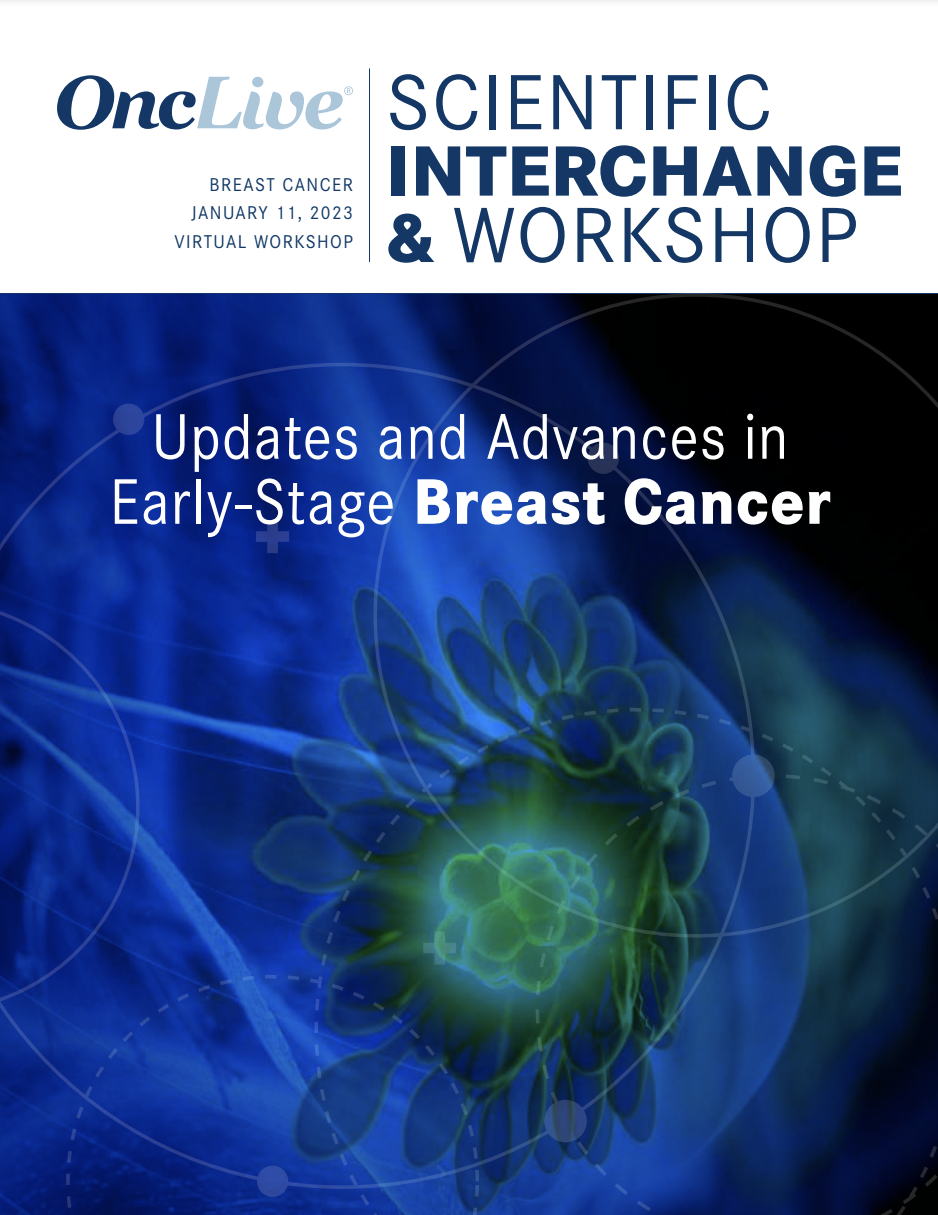Video
Dr. Gibbs on the Role of ctDNA in Predicting Distant vs Locoregional Recurrence in CRC
Author(s):
Peter Gibbs, MBBS, MD, FRACP, discusses the role of circulating tumor DNA in predicting distant vs locoregional recurrence in colorectal cancer.
Peter Gibbs, MBBS, MD, FRACP, professor, joint division head, Division of Personalized Oncology, the Walter and Eliza Hall Institute of Medical Research, discusses the role of circulating tumor DNA (ctDNA) in predicting distant vs locoregional recurrence in colorectal cancer (CRC).
The phase 2 DYNAMIC trial (ACTRN12615000381583) assessed if a ctDNA-guided approach could reduce the use of adjuvant chemotherapy without compromising recurrence risk in patients with stage II CRC. At the 2022 ESMO Congress, additional data were presented on rates of locoregional and distant recurrence, based on post-operative ctDNA status.
Those data showed that the site of recurrence varied between the ctDNA-positive and -negative groups, Gibbs says. Recurrences that occurred in the negative group were mostly locoregional, Gibbs adds. Specifically, at 3 years of follow-up, locoregional-only recurrence occurred in 3.3% of patients who were ctDNA negative following surgery compared with 0% of those who were ctDNA positive. Conversely, distant recurrence, with or without locoregional recurrence, occurred in 13.6% of patients who were ctDNA positive vs 3.4% of those who were ctDNA negative. Notably, 5 of the 8 ctDNA-negative patients with locoregional-only recurrence underwent salvage surgical resection.
These data showed that ctDNA could serve as a marker for recurrence, particularly distant recurrence, Gibbs explains. Patients who had false-negative ctDNA test results following initial resection and then experienced recurrence tended to have locoregional-only recurrence, Gibbs notes.
Additionally, investigators also collected end-of-treatment ctDNA from patients who were ctDNA positive after surgery and who received adjuvant chemotherapy. Of 39 evaluable patients, 87% were ctDNA negative at the end of treatment vs 13% who were ctDNA positive. Patients who experienced ctDNA clearance experienced better outcomes than those who were still ctDNA positive, Gibbs says. The 3-year recurrence-free survival (RFS) rate for those who achieved ctDNA negativity at the end of adjuvant therapy was 92%. Among those who continued to be ctDNA positive following chemotherapy, the 1-year RFS rate was 20%, and the median time to recurrence was 5.3 months.
These findings may help to inform new clinical trial designs for patients who remain ctDNA positive following surgery and adjuvant therapy. In these trials, investigators can evaluate whether novel agents could be used to attempt to clear the ctDNA and prevent recurrence in this population, Gibbs concludes.









